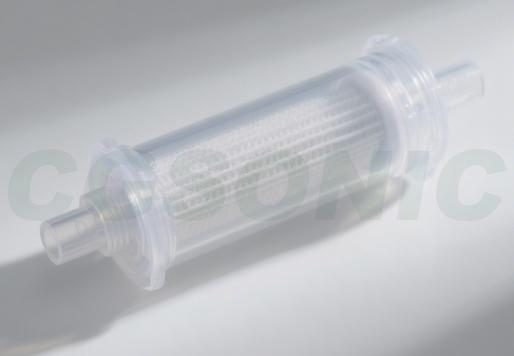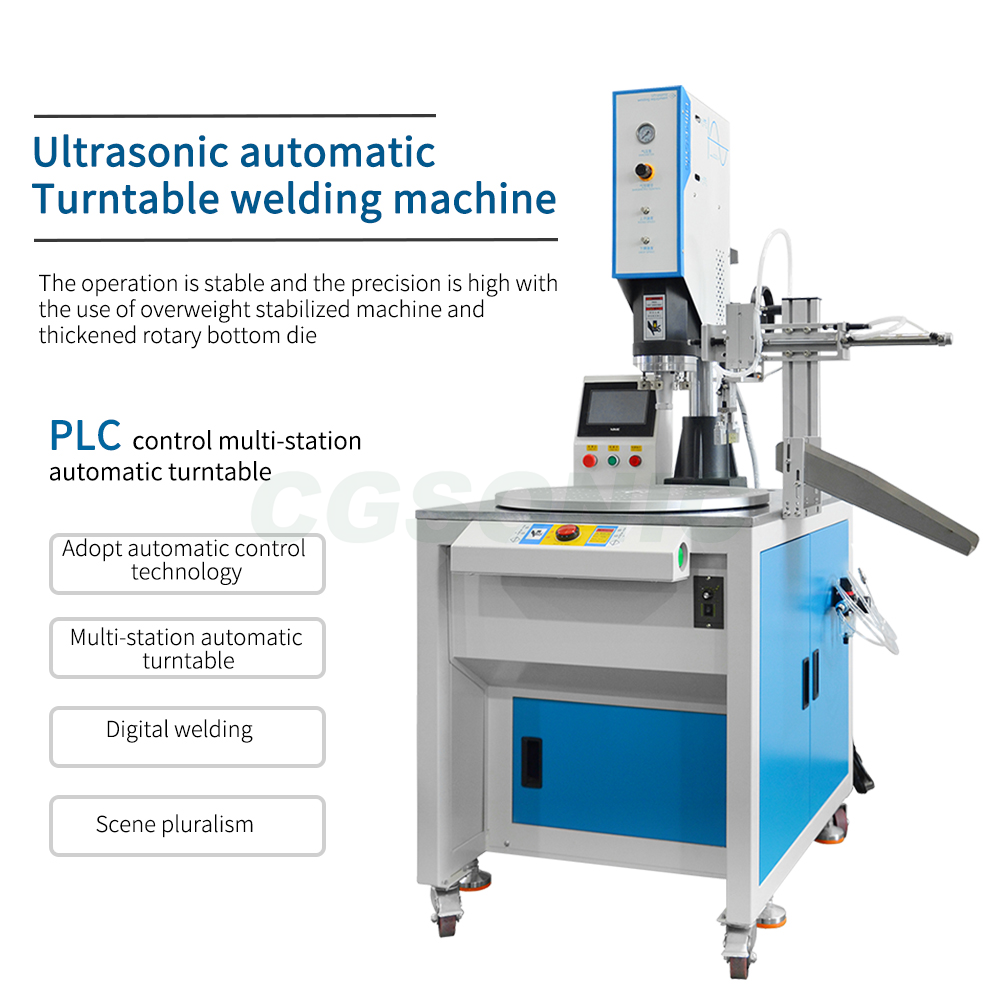From manufacturing to "smart" manufacturing, Chengguan ultrasonic welding technology injects innovative power into the injection filter industry
Traditional processes are often plagued by problems such as insufficient welding precision, low efficiency and unstable sealing. Ultrasonic Welding uses high-frequency vibration to partially melt and fuse thermoplastic components without the need for adhesives. This not only reduces the risk of contamination, but also achieves micron-level precision welding, ensuring the sealing integrity of the filter and preventing liquid leakage and impurity infiltration.
This technology can be seamlessly integrated into intelligent production lines to achieve automated continuous operations and significantly increase production capacity. At the same time, through real-time parameter control and quality monitoring, it can ensure the consistency of batch products, promote the injection filter industry to break through traditional manufacturing bottlenecks, and accelerate the transformation to high-quality "smart" manufacturing.

Ultrasonic welding technology is applied to the injection filter industry, and its unique process characteristics bring multi-dimensional core advantages :
- Ensure sealing accuracy and safety.
Injection filters have extremely high requirements for sealing, and leakage or external contamination must be eliminated. Ultrasonic welding uses high-frequency vibration to instantly melt the contact surface material and form a molecular-level bond. The welding accuracy can reach micron level, which can ensure that the filter membrane and the shell, inlet and outlet and other key parts are completely sealed to avoid leakage of liquid medicine or infiltration of impurities, meeting medical-grade sterility requirements. - Improve production efficiency and stability.
A single welding process only takes 0.5-3 seconds, which is much faster than the curing time of traditional adhesive processes. It can also be integrated with automated production lines to achieve continuous batch operations, greatly shortening the production cycle. At the same time, by accurately controlling parameters such as amplitude, pressure, and time, it can ensure consistent welding quality for each batch of products and reduce the defective rate caused by differences in manual operations. - Avoid pollution and material compatibility advantages.
The welding process does not require auxiliary materials such as adhesives and solders, eliminating the risk of chemical residues contaminating the liquid medicine from the source, and meeting the cleanliness standards of medical products. In addition, it is compatible with thermoplastics such as PP, PE, and PC commonly used in injection filters. Even complex structures (such as multi-layer components with precision filter membranes) can be stably welded without damaging the filtration performance of the filter membrane.
- Assist in intelligence and cost optimization.
It can be linked with sensors and PLC systems to achieve real-time monitoring and data traceability of the welding process, meeting the quality control requirements of intelligent manufacturing. At the same time, it saves the cost of purchasing and storing consumables, reduces the management cost caused by manual intervention, and long-term use can significantly improve the overall production benefits.

Chengguan ultrasonic technology is not only suitable for intelligent production lines, realizing automated continuous operation and greatly improving production efficiency, but also can ensure the consistency of batch products through real-time parameter control and quality monitoring. Industry insiders pointed out that ultrasonic welding technology is driving the injection filter industry to break through the manufacturing bottleneck and accelerate the new stage of high-quality "smart" manufacturing, providing a new solution for the standardized and efficient development of medical consumables production, and is expected to reshape the industry's production pattern.



















